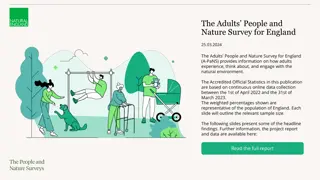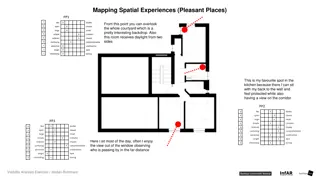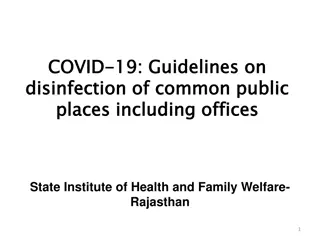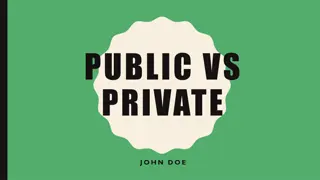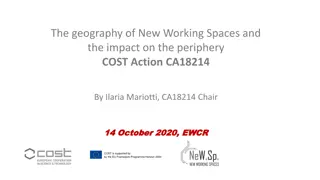
THE IMPACT OF COVID-19 ON PLACES AND SPACES
"Examining the impact of COVID-19 on places and spaces, along with future trends in planning focusing on sustainability, Brexit, and post-pandemic adjustments. Analysis of UK's supply-side planning approach and the implications of the new planning system on environmental sustainability and land use control."
Download Presentation

Please find below an Image/Link to download the presentation.
The content on the website is provided AS IS for your information and personal use only. It may not be sold, licensed, or shared on other websites without obtaining consent from the author. If you encounter any issues during the download, it is possible that the publisher has removed the file from their server.
You are allowed to download the files provided on this website for personal or commercial use, subject to the condition that they are used lawfully. All files are the property of their respective owners.
The content on the website is provided AS IS for your information and personal use only. It may not be sold, licensed, or shared on other websites without obtaining consent from the author.
E N D
Presentation Transcript
THE IMPACT OF COVID-19 ON PLACES AND SPACES Peter Murphy
THE FUTURE OF SPACES AND PLACES Planning White Paper as national policy Climate change, sustainability and carbon neutrality Brexit and its impact on the other means of production (labour capital and enterprise) Reforms are populist and localist but are they realistic All the post-covid-19 analysis and speculation suggests sector impacts going to be very difference are Post Brexit re-adjustments going to be as important as Covid-19 readjustments?
UK PLANNING IS PREDOMINANTLY SUPPLY SIDE PLANNING Density of Population Value of Land Access and Transportation Space within buildings Space around buildings particularly dwelling The Planning reforms are much clearer about what they want to achieve the how they are going to achieve it No significant demand side proposals or controls It wills the ends and is vague on the means
THE NEW PLANNING SYSTEM Value is to be captured from land values not collected from general citizens does this weaken the moral authority to control land use Landowners will increase power and influence not individuals the public or their representatives (the LPA) A further move towards the smaller state LPA resources will continue to decline e.g greater enforcement will from redirected resources Quality and quantity of independent scrutiny Will it increase inequality and postcode lotteries Will it be coherent and joined up with other complementary national policy (retail, housing, economic development etc)
ENVIRONMENTAL SUSTAINABILITY Sustainability is at the heart of our system what is your priority Less reliance on cars More green and open spaces Energy efficiency of new development More trees Whole life carbon neutrality of development? Change of Use appears once saying reforms have supported delivery of 50,000 dwellings Quality of dwellings created by new permitted development rights
Unashamedly neighbourhood planning (lauds the abolition of Reginal Planning); but are the two levels irreconcilable? Sub-regional agenda does not appear other than as powers for Mayors and Combined Authorities Infrastructure Green, National, Strategic and Local Infrastructure Levy (IL) and LA borrowing against future IL to be used to subsidise Affordable Housing New relationship between development control and building regulations are building regulations fit fo this future purpose?
SUMMARY Prime Ministers breezy optimism in the foreword Attractive slogan building beautiful building better Emphasis on the what without to much detail on the how Secretary of State actions undermining the message Whatever this approach looked like Pre-Covid Doesn t seem quite so convincing Post-Covid
HOUSING Health and Wellbeing begin at home Social Determinants of Health Will it provide housing for all types of households? Will it shift from current norms of user requirements for stereotypical housing to a more pluralist approach to match the growing diversity of household types? Will it rectify the mismatch between what volume builders provide and what people want and need? (Reforms assume SME increasing niche housing)








